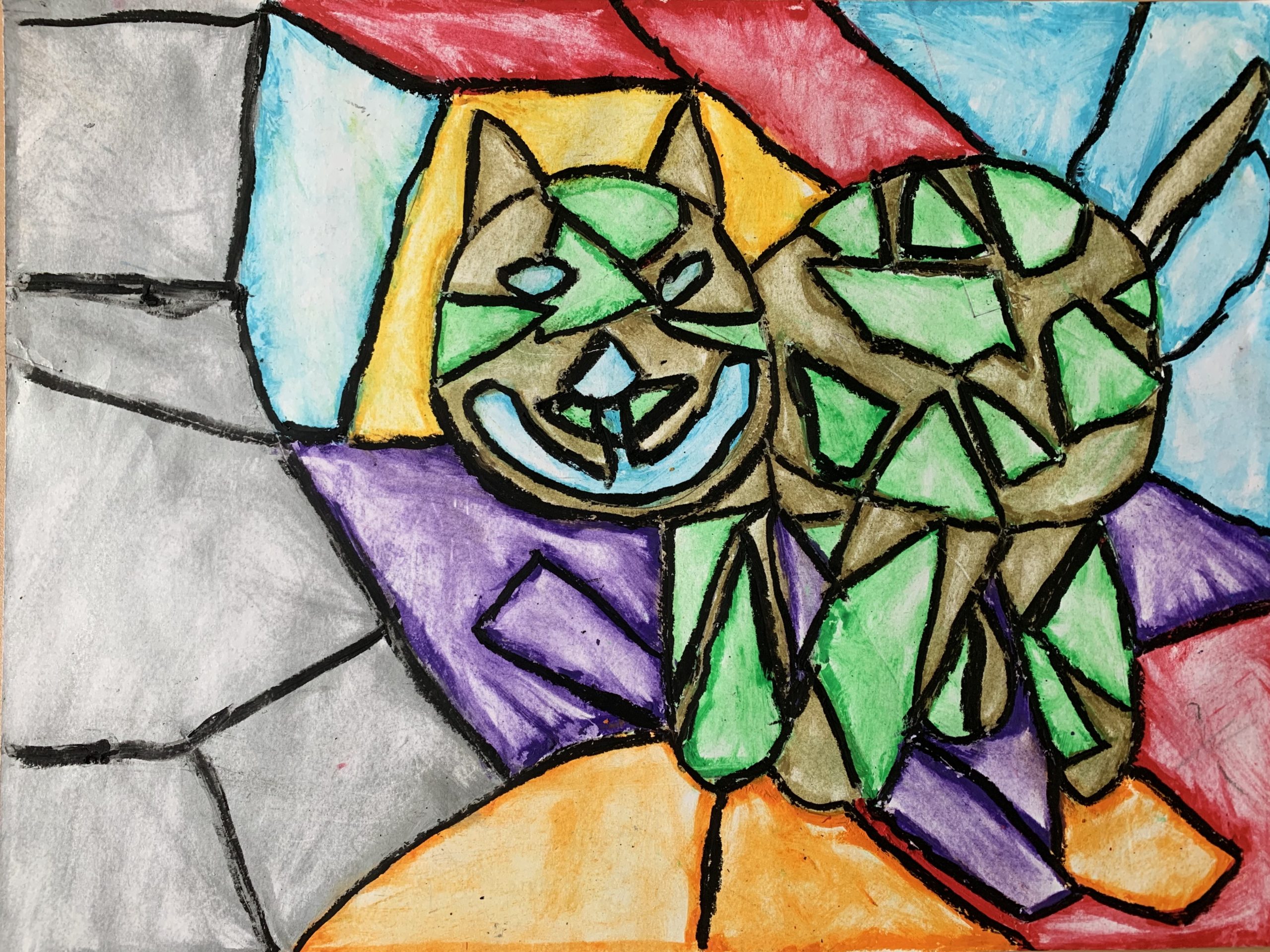

The scene takes place in the middle of the night, as indicated by the marked blackness of the background sky. As Klaus Lankheit suggests, it is more of a poetic image without any rational meaning. However, the allegory represented by The Dream is not overly explicit. In this new Arcadia symbols took the form of a profusion of animals converted into mystic creatures imbued with allegories, which the artist himself referred to as the “animalisation of art.” Marc aspired to create a new paradisiacal realm in which man could achieve perfect harmony with nature.

His theories, which explicitly rejected the rigid ways of life in the city, were focused on the permanent pursuit of freedom of expression through a mystic vision of the natural world and the creation of new symbols appropriate to a new spirituality. However, unlike Kandinsky, who soon intentionally shunned visual reality, Marc remained faithful to representing the world. Marc joined Der Blaue Reiter, established in Munich in 1911, and in 1912 played an active part in publishing the group’s almanac, in which he expressed his artistic ideas. This village near the Bavarian Alps witnessed the birth of his true career as a painter, which was cut short in 1916, and the gradual shaping of his personal style after he met August Macke in 1910 and, above all, Wassily Kandinsky in 1911. The Dream was executed in 1912 in Sindelsdorf, where Franz Marc had taken up residence in 1909, attracted by the characteristics of this idyllic place.


 0 kommentar(er)
0 kommentar(er)
